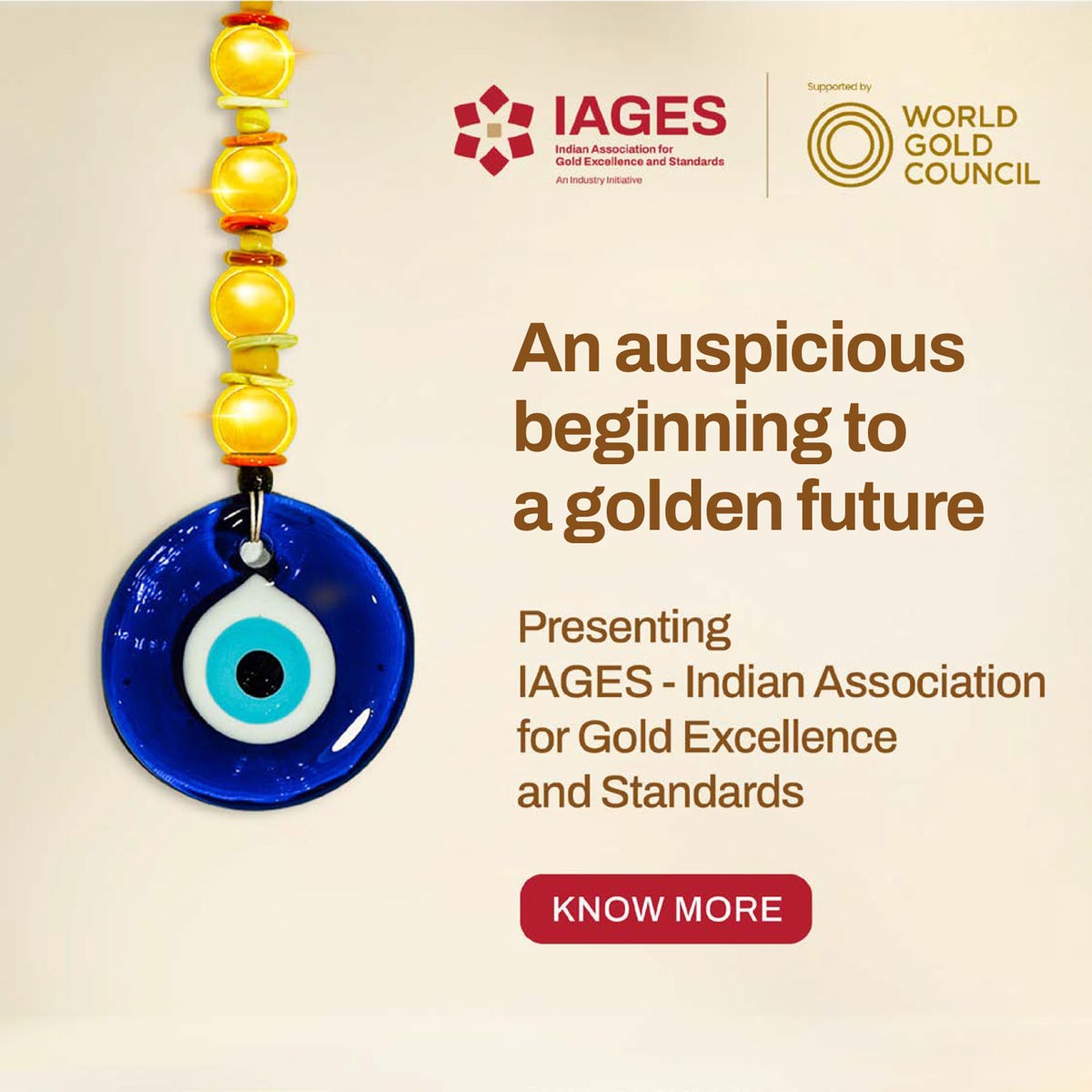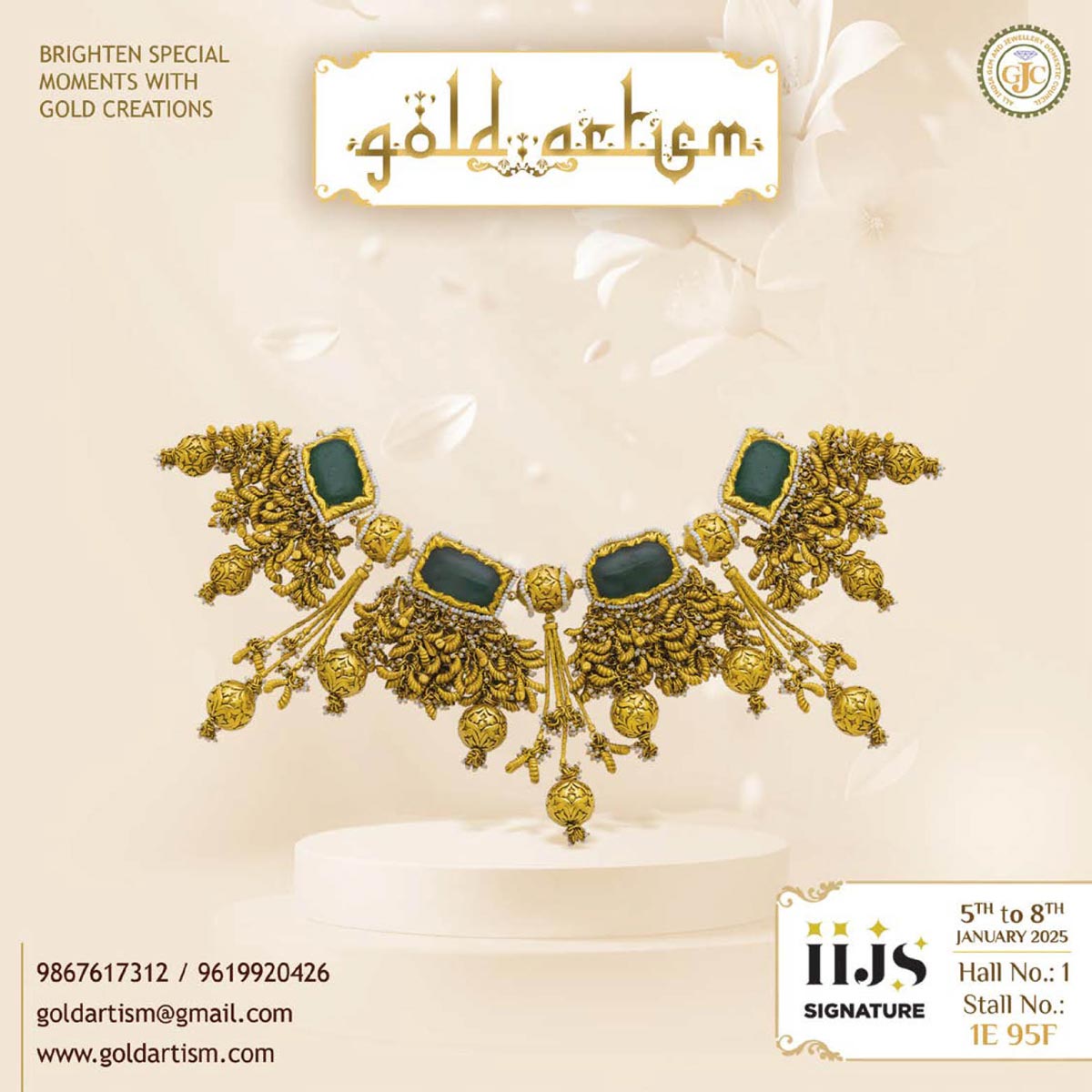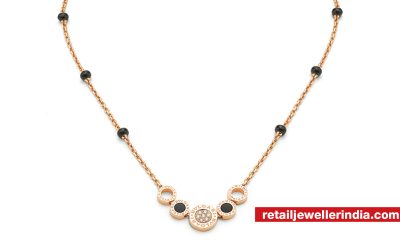Special Feature
GJEPC is ready to tap into full potential of domestic value chain to prepare them for a global stage

As IIJS 2021 gears up to resuscitate the trade sentiment with its comeback physical show in Sept 2021, Colin Shah, Chairman, GJEPC speaks to Soma Bhatta about its role in steering domestic policies, plans to scale up India footprint, and why it needs to first build domestic demand in order to become a reliable international exporter.
Soma Bhatta (SB): IIJS is making a strong comeback post-Covid with a slew of new trade shows in different formats. What is the driving force behind this new approach?
Colin Shah (CS): IIJS is one of the five global trade shows that stood the test of time. Growing from strength to strength, we are starting the 37th show after a hiatus of nearly two years. There is a new energy to revive the trade sentiment. Our decades of proven expertise also make it possible for us to quickly scale up to introduce regional and boutique shows.
We see tremendous opportunity in creating access for retailers in hinterlands through regional shows. The boutique show aligns with the larger need of retailers to buy specialized jewellery.
Unlike most other trade shows, there is a larger altruistic purpose to expanding our portfolio of shows. We channelize the profits to trade development. Our recent collaboration with World Gold Council and ongoing association with Natural Diamond Council is testimony to that.
TRJ: In a landmark initiative the GJEPC, often looked upon as the premier trade body for diamond promotion, has contributed and collaborated with WGC. How did it come about?
CS: GJEPC appreciates the efforts WGC has taken to summarize the buying preferences of today’s millennials, who give very low preference to gold. India is the second largest consumer of gold and persistence of such sentiments will severely harm the industry just the way it happened with Japan/Saudi arabia as an entire generation’s affinity for a segment wiped away. To stop the demand of gold from being hit and safeguard the industry, GJEPC is supporting WGC’s innovative campaign at all levels. We must do everything within our means to create relevance of gold for next generation of buyers.
TRJ: What role did GJEPC play in easing out the hallmarking policy for the industry?
CS: Since the government made hallmarking mandatory, GJEPC has initiated and took part in several administrative-level talks with the government to find ways for making this regulation trade-friendly. Since the last week of May, GJEPC has engaged in several expert committee meetings on implementation of mandatory hallmarking order. We held a webinar with BIS’ Pramod Kumar Tiwari on June 28 where some key confusion regarding the onus of mandatory hallmarking got cleared. We also tabled a primary proposal to set up A&H centers across India in May. Once the advisory committee was formed, GJEPC held four meetings in July to discuss the SOP of mandatory hallmarking. While protecting the interests of the export sector, GJEPC has been and continues to support the domestic industry by interacting with the government for clarity.
TRJ: GJEPC is setting up the Common facility centres across India. How do you see it impacting the domestic trade in the long term?
CS: GJEPC has set up 4 CFCs for the diamond industry in Gujarat, and the latest CFC in Rajkot will be India’s first Common Facility Centre for Gold Jewellery Manufacturing under the CFC Scheme.
It will enable small and medium gem and jewellery businesses to have a chance at greater exposure. Our CFCs will facilitate advanced machinery to those businesses and karigars at a nominal cost. This will introduce promising, new players in the industry who would bring in diversity in terms of design and services. This will increase healthy competition and raise the standards of trade in the long term.
TRJ: GJEPC’s main purpose is to boost the exports. However, it is often seen playing a key role in domestic affairs concerning Indian retailing. Please explain.
CS: We must understand an Indian jeweller’s route to exports to understand our viewpoint. Each manufacturer starts with the domestic industry, makes a mark significant enough to get exposure to jewellery exports. Our findings from the NCAR 2020 study show that there are so many clusters of manufacturers who have no idea about the export sector.
The same scenario persists in Turkish, Italian and Chinese jewellery industry where a manufacturer grows from the domestic to the export sector. Thus, one of GJEPC’s goals is to tap into the potential of manufacturers and retailers so that they upgrade design, quality and understand the service level requirement of the western market. Retailers too have the opportunity to expand their distribution to global markets.
The larger objective of GJEPC is to enhance Indian jewellery trade and exports. Thus, GJEPC, with its multifarious projects, is helping domestic players resolve that gap in awareness, process and embark on the roadmap to overseas exposure.
Courtesy: Retail Jeweller India News




 Daily News2 months ago
Daily News2 months agoBvlgari adds designs to its pathbreaking mangalsutra collection ahead of wedding season

 Daily News1 month ago
Daily News1 month agoTrent, a TATA subsidiary, launches lab-grown diamond brand ‘Pome,’ shares surge 7.67%

 Daily News2 weeks ago
Daily News2 weeks agoMalabar Gold & Diamonds launches ‘Heritage Show’ in Mangalore, featuring jewellery inspired by Maharanis

 Daily News3 weeks ago
Daily News3 weeks agoSavji Dholakia’s visionary water conservation project ‘Bharatmata Sarovar’ reinforces commitment to sustainability























